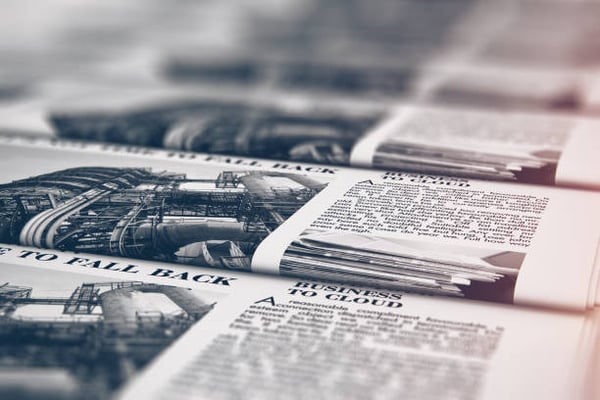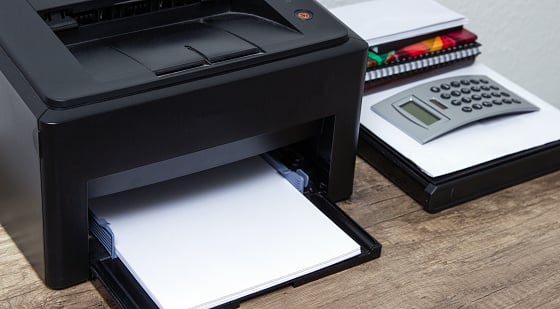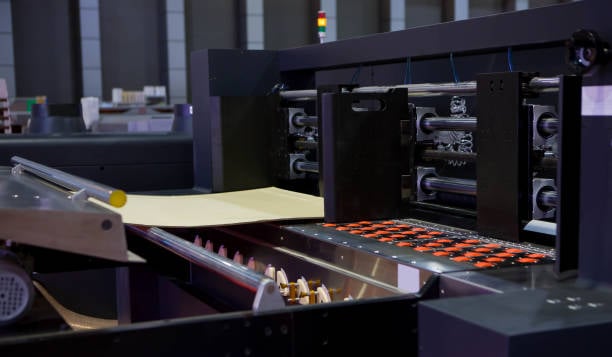If you are unfamiliar with the processes involved as well as the benefits and drawbacks, choosing the appropriate type of printing can be fairly challenging. Packaging printing is a broad topic. You can only use the printing technology that your packaging manufacturer has access to when you ask for a quote from them. Your choice, though, shouldn't be constrained by that. Other flexible packaging materials may not offer as many printing opportunities as cartons because they are hard and flat.
We'll look at how to select the best printing techniques for your custom packaging project here.
What Do "digital" and "offset" Printing Mean?
Offset lithographic printing and digital printing are the two primary printing techniques you can utilize for your packaging.
Offset Printing
In the commonly used printing process known as offset printing, the inked image is transferred (or "offset") from a plate to a rubber blanket, then to the printing surface. Offset printing is the ideal option when larger quantities are needed since it offers accurate color reproduction, and crisp, clean, and professional-looking printing. Offset presses operate so effectively once they are set up.
Newspapers and magazines are frequently published in this manner as well.

For big print runs, it provides exceptional image quality at an affordable price.
Digital Printing
Your home office laser or inkjet printer, however, uses digital printing.

It provides short turnaround times and lowers the cost of low-volume work.
A digital printing press makes it simpler to design print runs with variable data. The color quality and material flexibility that offset printing provide, however, is something that digital printers can't quite equal.
According to Smithers Pira, digital printing represents only 3.9 percent of the print industry's volume but 16.4 percent of the value of all global print and packaging. This seems to confirm that digital printing is the best option for low-volume printing.
Printing Techniques and Supplies
Luxury items or gifts frequently come in rigid packaging, which requires for offset printing. In order to get the finest quality when printing on luxury boxes, you should print in offset. Either digital or offset can be advantageous for corrugated packaging.
For designs that call for additional procedures like spot UV and foil stamping and require a volume of more than 200 pieces, offset is preferred. Digital is the best option for e-commerce packaging with smaller runs and simpler designs.
Particularly for cosmetic, pharmaceutical, and small retail packaging, paperboard usually requires offset. Why? For smaller words and artwork, offset printing produces prints that are sharper and more colorful. To effectively convey critical information to customers, it is imperative to maintain clear and succinct information on your packaging.
Color Depth Comparison
Offset printing performs better than digital printing in terms of brightness and color depth, although sometimes being more expensive.
Digital printers can only approximate these colors via color calibration, whereas offset printers can precisely match inks using the Pantone Matching Color System. While digital cannot print on kraft paper with white ink, the offset can.
Offset creates the appealing, clear, and clean color output that you see in retail locations, whereas digital creates excellent quality for more straightforward designs that are ideal for e-commerce packaging.
Recommended Order Quantities
No matter the amount, offset is chosen for folding cartons and rigid boxes.
If you are creating corrugated, offset should be used for orders larger than 500 pieces due to superior quality and cost optimization, while digital should be considered for orders less than 200 pieces for cost efficiency.
Your needs and your financial situation will determine the optimal printing solution. Lithography should be your first choice if you want prints of excellent quality and accurate color. For smaller volumes, you can alternatively use digital printing.
Uncertain about where to begin?

